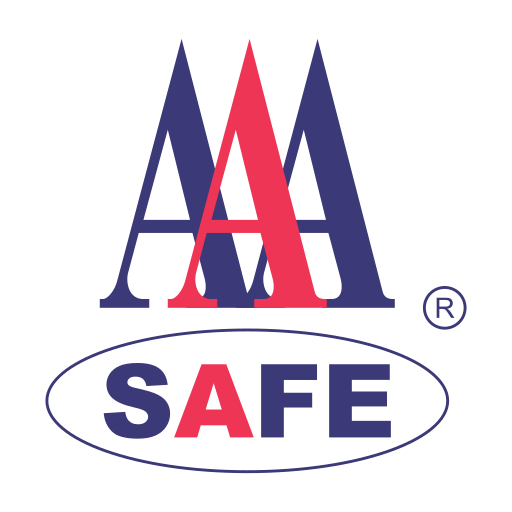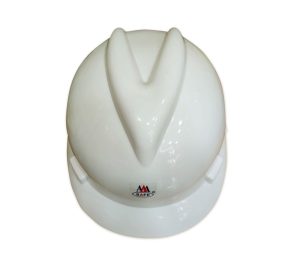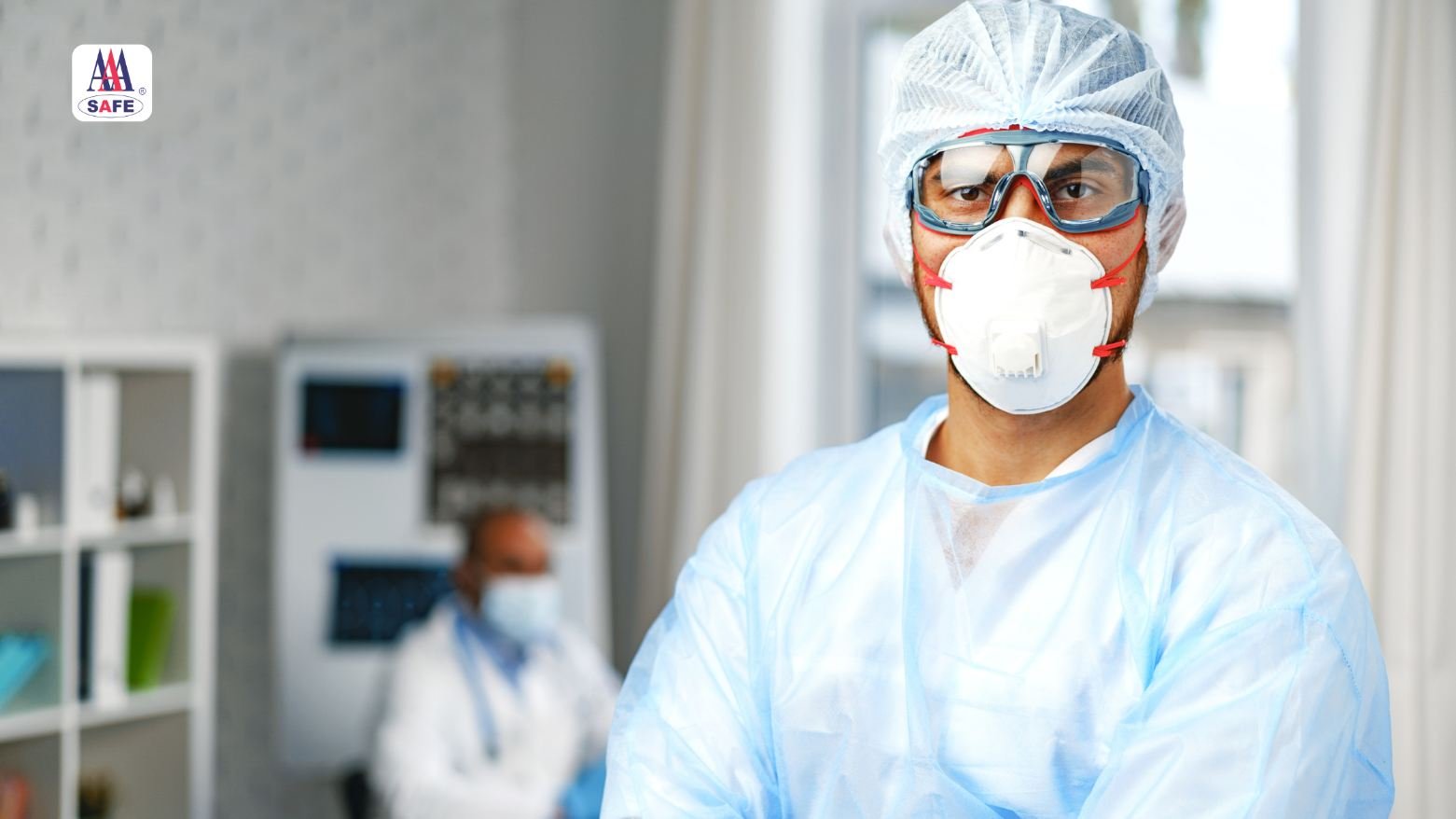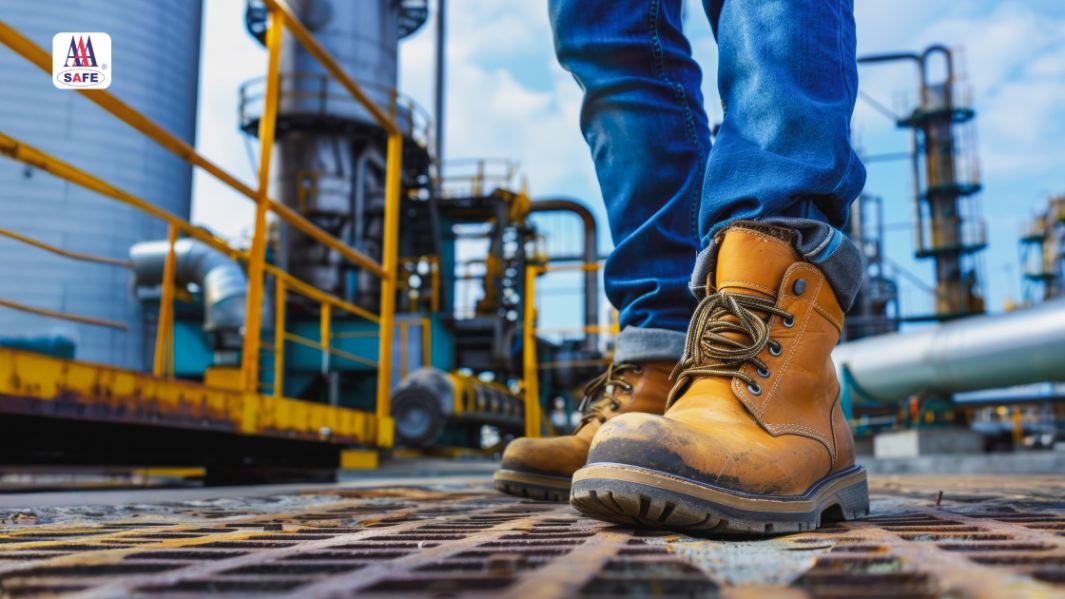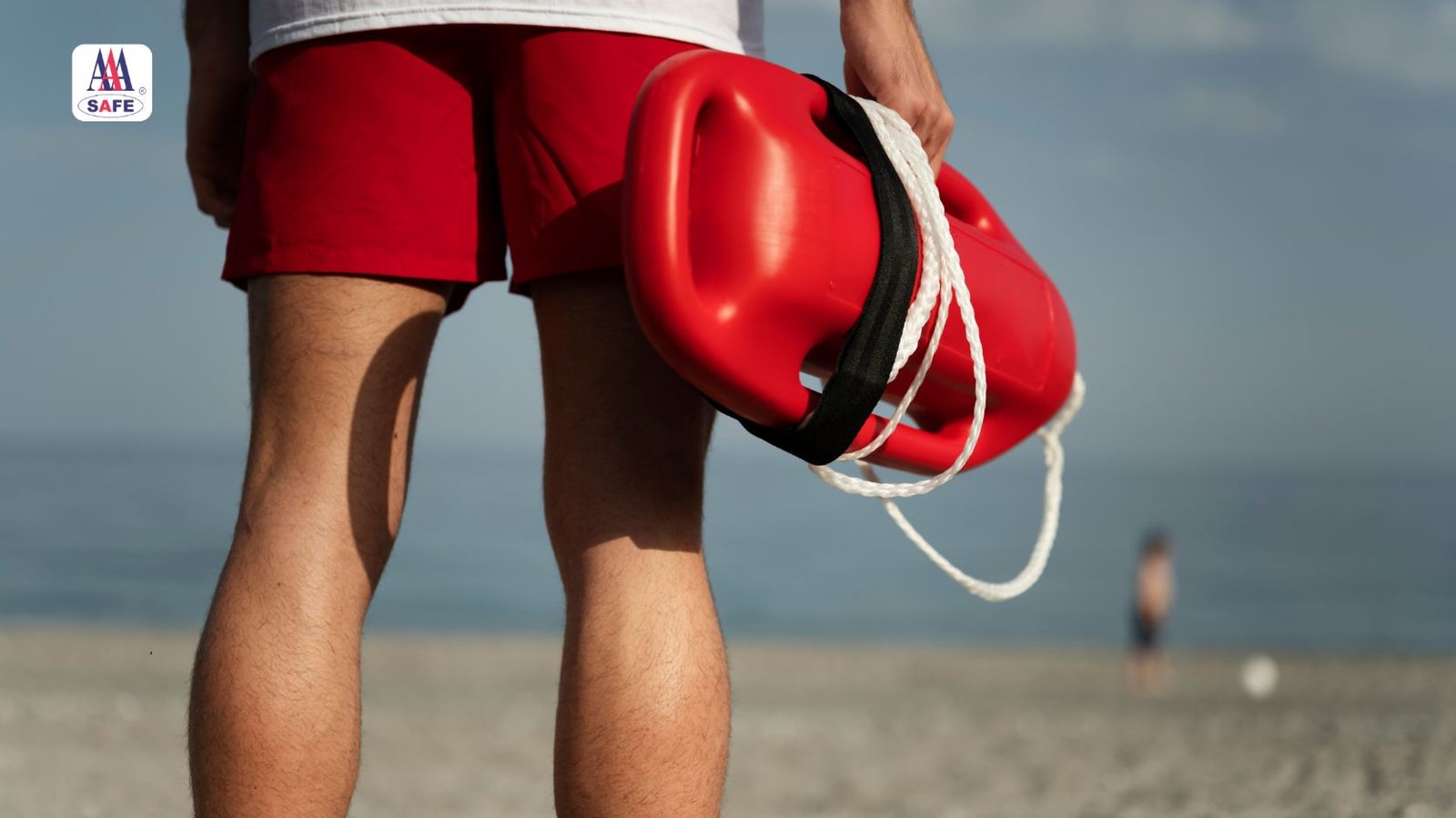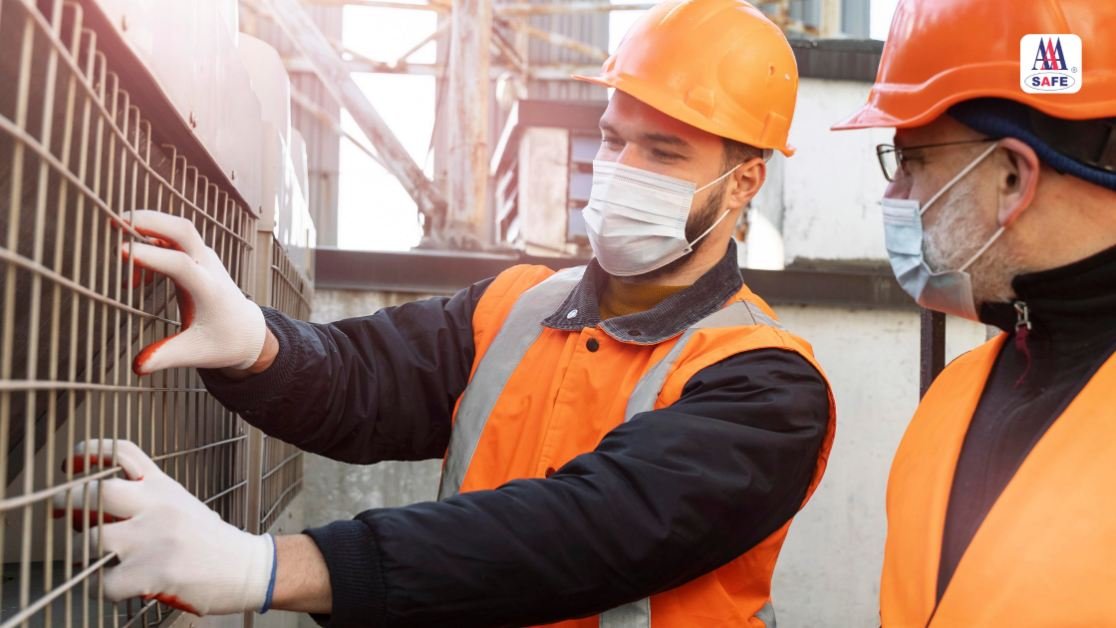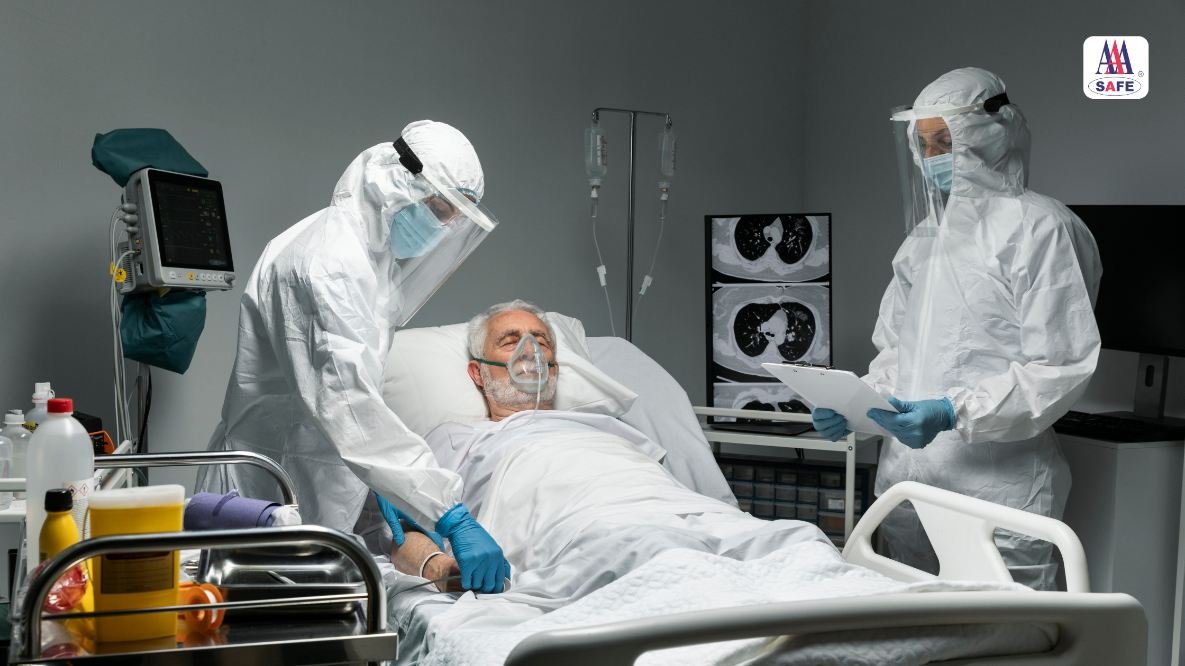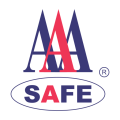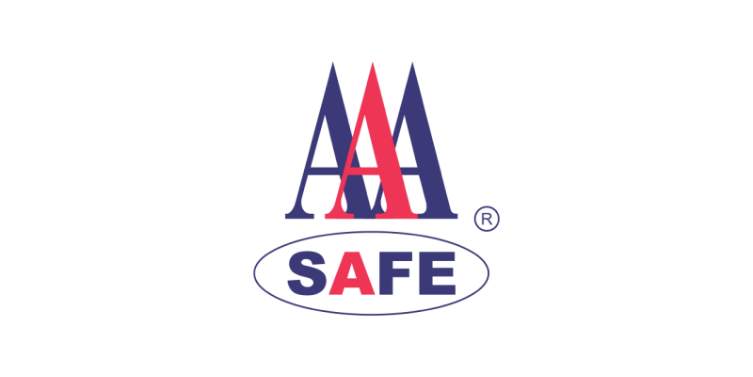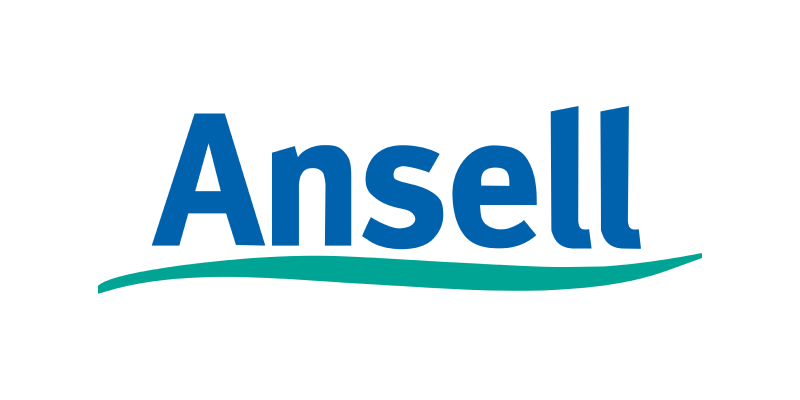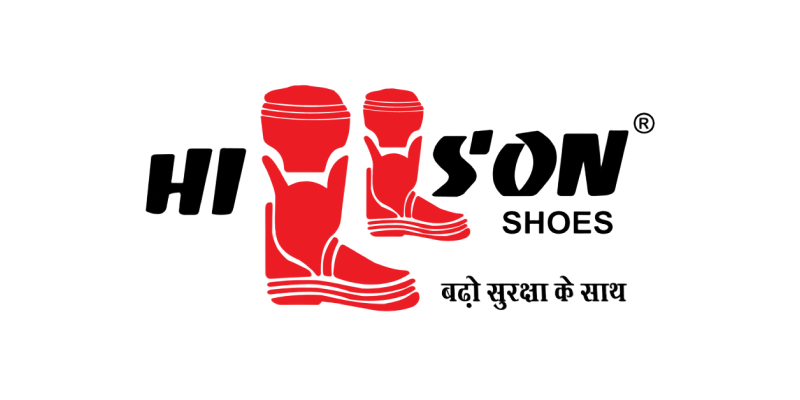Head injuries are common at any industrial or construction site. So to protect the head, a good quality safety helmet becomes mandatory.
Safety helmet is a life-saving equipment, which not only protects the head from injuries but also guards it from wind, heat, sunlight etc. Workers operate in a risky and challenging work environment. So it’s the employer’s responsibility to provide them with good quality personal protective equipment (P.P.E).
Workers are under huge risk of falling or coming in contact with dangerous machinery or equipment. Sharp objects may hit workers or they may collide or bang their heads against any strong object or machinery. Anything can happen where hundreds of workers are working under one roof. According to HAAD statistics, the total occupational fatal injury deaths in the Emirate were 71 cases, 53 were from falls and falling objects.
So to avoid any accidents or to minimize the impact, employers must provide their workforce with the best quality safety helmets. In any working environment, safety helmets play a crucial role in protecting the workforce from head injuries and also enhance the overall workplace safety.
Employers must take workplace safety seriously and equip the workforce with the best quality personal protective equipment (P.P.E), especially a life saving safety equipment like a safety helmet must be provided to everyone including the visitors. In this guide, we’ll walk you through features to consider while buying a safety helmet for your workforce.
Importance of safety helmets in the workplace
Safety helmet is a reliable safety equipment that protects workers from life-threatening injuries. It perfectly guards your head from a wide range of hazards and potential risks.
Safety helmets are widely popular and the most used safety equipment in the world. From a common man to a celebrity or a sportsman, everyone wants to keep their head protected, while driving on the road or on a sports field. However, when it comes to the workplace, especially any construction or industrial site, safety helmets have a greater significance and a bigger role to play. Safety helmets play a pivotal role in ensuring the well-being of workers by defending the head by providing a strong layer of protection against falling objects, impacts, and other occupational hazards.
In Abu Dhabi, falls from height and falling objects are the leading cause of fatal injuries on worksites, causing almost 50% of fatal injuries. So workplace safety is beyond just a regulatory requirement, providing your workforce with the best quality safety helmet is a fundamental aspect of promoting a culture of safety and responsibility in the workplace.
Employers responsibility doesn’t end with providing the personal protective equipment (P.P.E) but it’s a long-term commitment that also involves monitoring and inspecting the workplace to ensure the safety guidelines and protocols are implemented and followed.
Choosing the right features
Safety helmet protects the head and ultimately save lives. For years safety helmets have been the most preferred choice of equipment for head protection. However, there has been enormous technological development and advancement in every field. Safety helmets too have undergone a huge transition. Safety helmets with modern touch and feel are in huge demand. Therefore, it’s time to dump your older ordinary safety helmets and instead invest in upgraded versions with the right features that will be more useful in the modern workplaces.
Selecting the right safety helmet involves considering various features to ensure optimal protection, comfort, and usability. Let’s explore these features in detail:
Right Material
When it comes to personal protective equipment (P.P.E) quality is non-negotiable. Quality depends on the material used by the manufacturer. However, common materials used to manufacture safety helmets are high-density polyethylene (HDPE), acrylonitrile butadiene styrene (ABS), and fiberglass. Each one has a unique set of characteristics. HDPE helmets are lightweight but offer high strength and durability. Due to high strength and durability, these helmets are capable of providing strong resistance to heat and hazardous chemicals.
Acrylonitrile butadiene styrene (ABS), is a thermoplastic, so it produces safety helmets which are lighter in weight and more comfortable to wear. ABS safety helmets offer better impact resistance along with compression qualities.
Fiberglass safety helmets have a perfect balance of both the HDPE & ABS helmets. But fibreglass safety helmets are much lighter, stronger & better than these. Employers need to evaluate the work environment, understand the specific needs & identify the hazards present, to buy the most suitable safety helmets.
Head Protection Technology
Over the last 20 years, there has been significant advancement in technology that facilitates the production of safety helmets with advanced features. Safety helmets produced now are far more superior and comfortable than those produced 10 years before. Safety helmets with impact-absorbing liners, shock absorption mechanisms, advanced suspension systems, magnetic face shields, earmuffs, anti-fog coating etc are popular and useful in multiple industries. Technology has not only improved safety but also contributed to making safety helmets which are stylish, superior and durable.
Impact resistance and durability
Impact resistance and durability determine the quality of a safety helmet. Maximum impact resistance capability means minimum damage to the head of the worker. Never to forget, a safety helmet’s primary function is to protect the head against impacts, blows & collisions, ensuring the utmost safety for the wearer in various hazardous situations. So go for the safety helmets which are durable, meet or exceed industry safety standards and have high impact resistance capabilities. Before buying, check the certification & testing standards.
Adjustability and Fit
Poorly fitting safety helmets are a pain in the ass for the workers. The discomfort it causes makes the wearer less safe and comfy. It also compromises safety, leading to distractions and decreased focus on the job at hand. No matter which personal protective equipment (P.P.E) your workplace requires, there is a strong need for meticulous attention to sizing and adjustments. Make sure you provide your workforce with well-fitted safety helmets. Consider the following points for well-fitting safety helmets:
- Take accurate measurements of the workers before buying safety helmets
- Go for the safety helmets with adjustable straps, suspensions systems
- Go for safety helmets which are comfortable as well as offer mobility and flexibility
- Make adjustments or customize the fit for the individual comfort
- Educate workers by implementing regular training programs
- Take regular feedback from workers
- Evaluate the safety helmets before giving approval
Visors & Face Shields
Some helmets are equipped with in-built visors and face shields. Visors protect your eyes from powerful UV rays. Face protection is equally important as head protection, so face shields act as an additional layer of defense, guarding your face from various workplace hazards. These helmets are three in one safety helmets, very effective in protecting the head, face and eyes. These visors and face shields are lightweight, durable, easy to install and are useful in diverse working environments.
Conclusion
Safety helmets are vital personal protective equipment (P.P.E. There are a variety of safety helmets available in the Dubai market. Depending upon your needs and requirements, go for the ones which are of superior quality. The best safety helmets are comfortable to wear, equipped with latest head protection technology, have visors and face shields, are durable and impact resistant with proper adjustability and fit, etc. Be a responsible employer by prioritizing the well-being of your workforce. Seek guidance from expert safety professionals, evaluate the features, conduct thorough research, and equip your workforce with the latest & best quality personal protective equipment (P.P.E), ultimately promoting a healthy safety culture within your organization.
